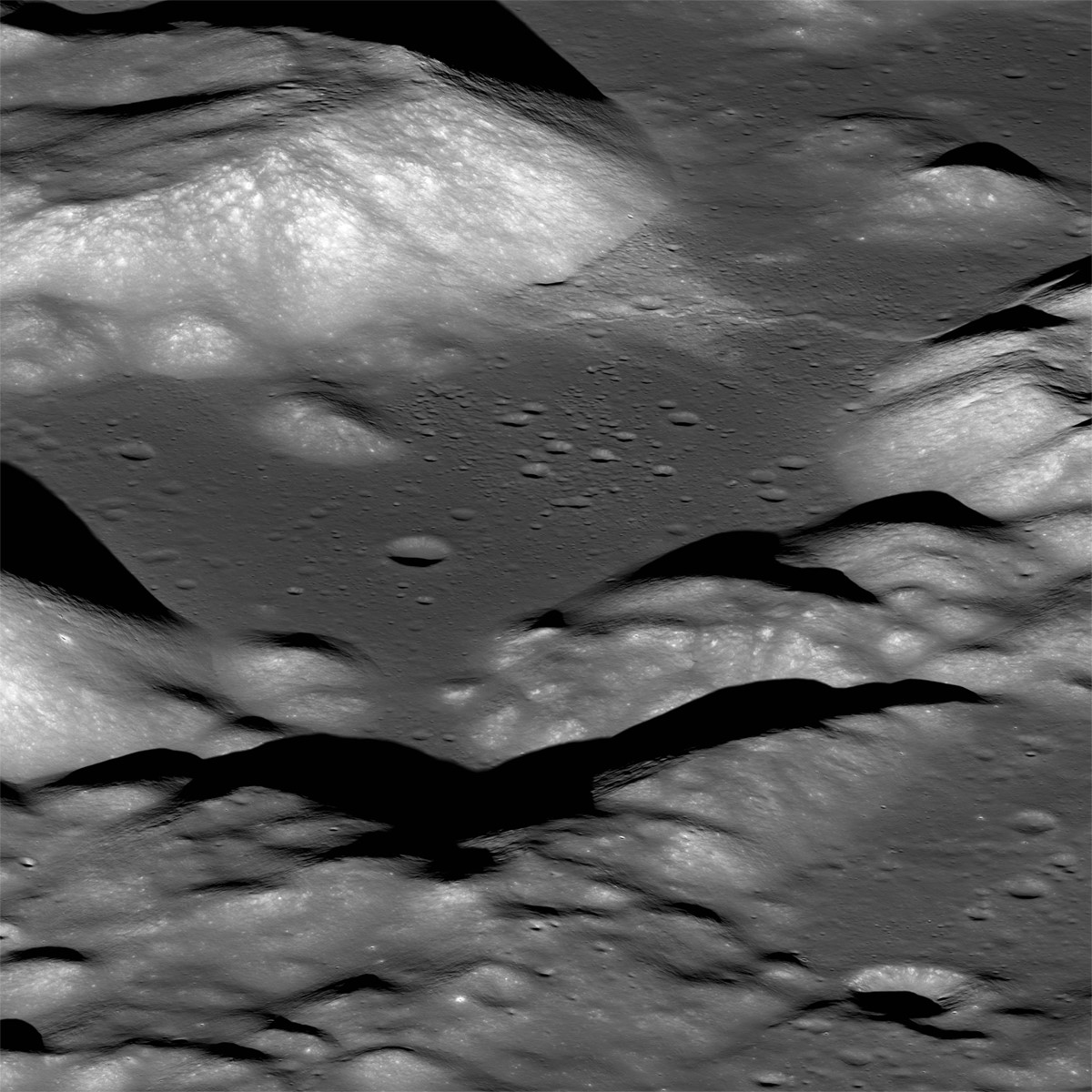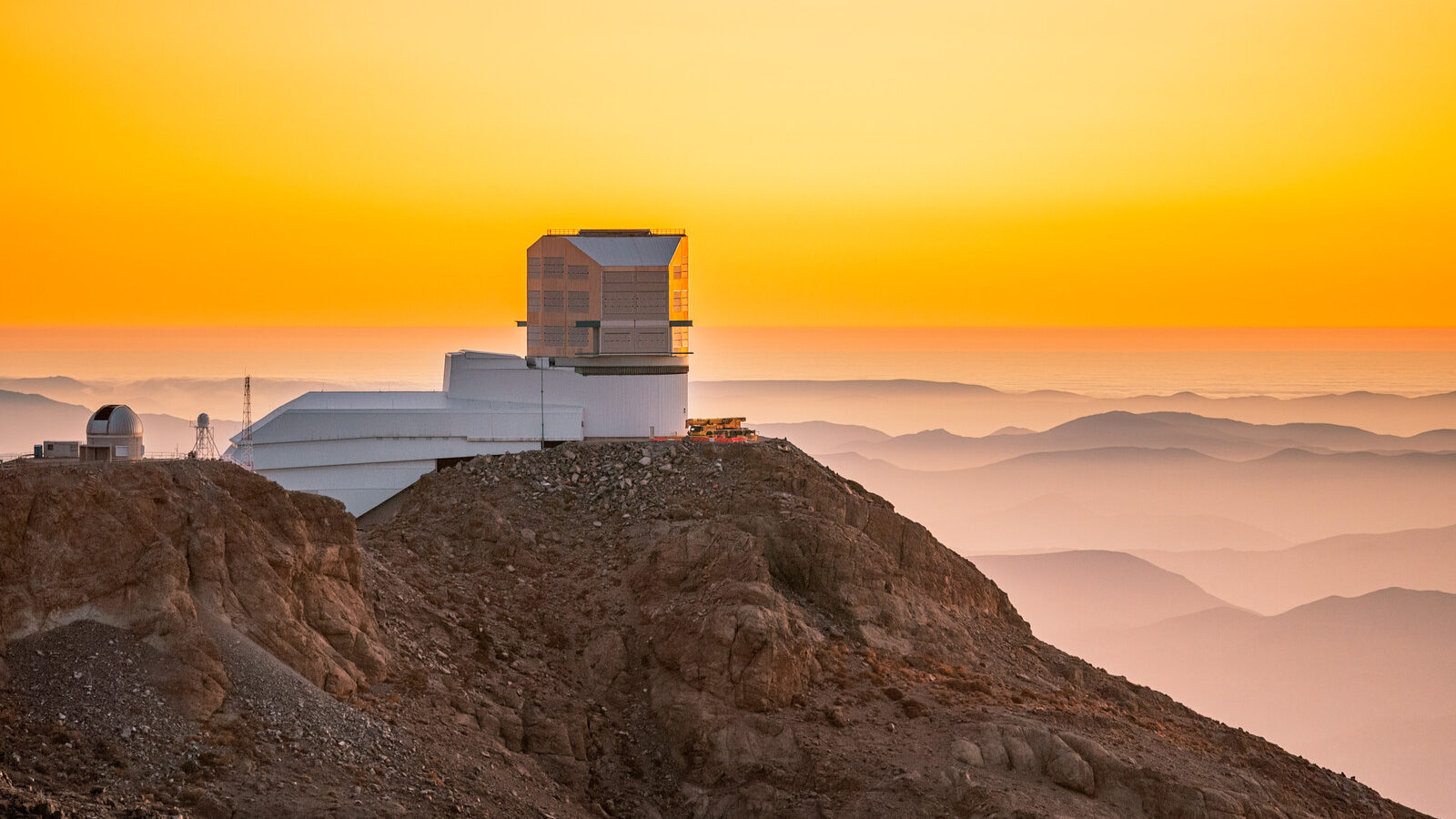Moonquakes Rattle the Moon as It Shrinks Like a Raisin
The moonquakes are probably a result of the moon's ongoing contraction.
The moon is still tectonically active, like Earth, generating moonquakes as our planet creates earthquakes, a new study based on Apollo mission data found.
These moonquakes likely happen because the moon is quivering as it shrinks, researchers added.
On Earth, tectonic activity, such as earthquakes and volcanism, results from shuffling of the crust's tectonic plates driven by the churning of the planet's molten interior. However, the moon is much smaller than Earth and therefore largely cooled off long ago, so one might not expect much, if any, tectonic activity.
Related: Lunar Legacy: 45 Apollo Moon Mission Photos

However, in 2010, high-resolution images from NASA's Lunar Reconnaissance Orbiter revealed a network of thousands of faults on the moon that appeared to be less than 50 million years old. Researchers suggested these faults were evidence of lunar tectonics, although it was unclear how recent this activity was.
Seismometers at four Apollo landing sites on the moon recorded 28 shallow moonquakes between 1969 and 1977, ranging from magnitude 1.5 to 5 on the Richter scale. Some of these shallow quakes might in theory result from activity on lunar faults, but the locations and depths of the sources of these quakes were uncertain.
Moonquakes can have origins other than tectonic activity in the lunar crust. For example, the Apollo missions detected about 11,000 moonquakes happening about 500 to 680 miles (800 to 1100 kilometers) beneath the lunar surface. Previous research suggested that these deep moonquakes resulted from Earth's gravitational pull on the lunar interior, much as how the moon's gravitational pull on Earth's waters results in the tides, said study co-author Nicholas Schmerr, a planetary seismologist at the University of Maryland at College Park.
Breaking space news, the latest updates on rocket launches, skywatching events and more!
The Apollo missions also detected about one moonquake per day resulting from space rocks hitting the lunar surface. Those missions even saw artificial moonquakes from the impacts of the spacecraft used to bring astronauts to the moon, Schmerr added.
The researchers in the new study wanted to see if the shallow moonquakes that the Apollo missions detected were linked with faults on the lunar surface, and thus ongoing tectonic activity on the moon. To do so, the scientists relied on analytical techniques developed to interpret data from sparse networks of seismometers on Earth.

"There were only four seismic stations on the surface of the moon, and the stations were concentrated on the near side of the moon in a triangular pattern," Schmerr told Space.com. "These widely distributed stations made the Apollo network an ideal candidate for using sparse seismic network algorithms used on Earth where there aren't a lot of stations."
The researchers' findings led to improved estimates of the epicenters of the shallow moonquakes, finding that eight of them fell within about 18 miles (30 km) of young lunar faults. Seven quakes within about 37 miles (60 km) of these faults happened when the moon was at the farthest point in its orbit from Earth and certain parts of the moon are experiencing the greatest amount of stress from Earth's gravitational pull.
"It's a great testament to the continued benefits of the Apollo program that seismic data collected over 40 years ago is helping to confirm that the moon is likely tectonically active today," study lead author Thomas Watters, a planetary scientist at the National Air and Space Museum in Washington, said in a statement. "The connection between the location and timing of shallow moonquakes and known young faults is further evidence that our moon is a dynamic world."
Lunar tectonic activity likely arises because the moon is continuing to shrivel like a raisin as its interior cools and shrinks, the researchers said. However, unlike the flexible skin on a grape, the moon's crust is brittle, causing it to break, resulting in faults.
"It is truly amazing that the datasets collected by the astronauts so many years ago are still yielding new scientific findings about our moon," Schmerr said. "It is also a testament to how much can be gained by human spaceflight to the surface of other worlds and underlines the amazing potential for future missions back to the moon and, hopefully someday, Mars."
The scientists detailed their findings online today (May 13) in the journal Nature Geoscience.
- NASA's 17 Apollo Moon Missions in Pictures
- Latest Moon Photos from NASA's Lunar Reconnaissance Orbiter
- Moon Master: An Easy Quiz for Lunatics
Follow Charles Q. Choi on Twitter @cqchoi. Follow us on Twitter @Spacedotcom or Facebook.
Join our Space Forums to keep talking space on the latest missions, night sky and more! And if you have a news tip, correction or comment, let us know at: community@space.com.

Charles Q. Choi is a contributing writer for Space.com and Live Science. He covers all things human origins and astronomy as well as physics, animals and general science topics. Charles has a Master of Arts degree from the University of Missouri-Columbia, School of Journalism and a Bachelor of Arts degree from the University of South Florida. Charles has visited every continent on Earth, drinking rancid yak butter tea in Lhasa, snorkeling with sea lions in the Galapagos and even climbing an iceberg in Antarctica. Visit him at http://www.sciwriter.us
